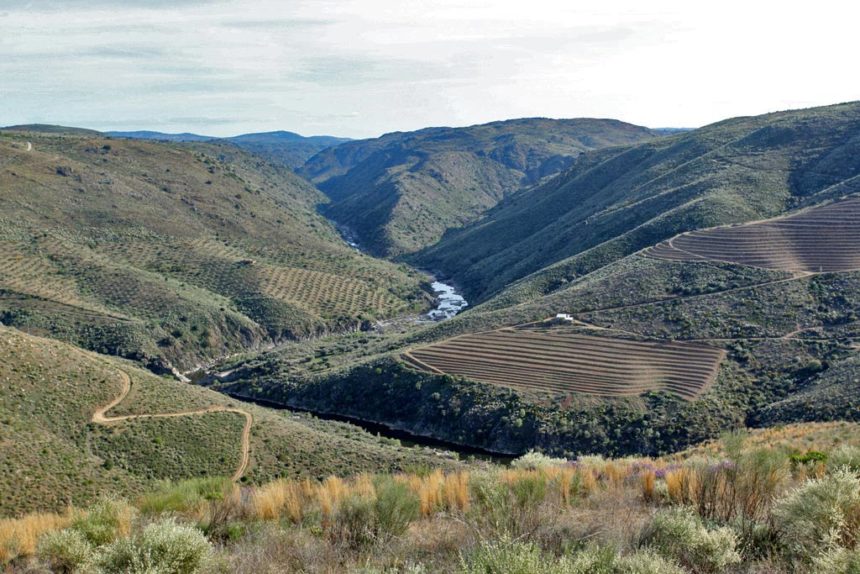The last Neanderthals lived in the Côa Valley
The last Neanderthals in Côa Valley and the arrival of the first modern Men
The timing of the Neanderthal-associated Middle Palaeolithic demise and a possible overlap with anatomically modern humans (AMH) in some regions of Eurasia continues to be debated. The Iberian Peninsula is considered a possible refuge zone for the last Neanderthals, but the chronology of the later Middle Palaeolithic record has undergone revision and has increased the debate on the timing of Neanderthal extinction. Here we report on a study of the 5-m-thick archaeological stratigraphy of the Cardina-Salto do Boi, an open-air site located in inland Iberia, from which optically stimulated luminescence (OSL) ages were obtained for Middle and Upper Palaeolithic occupations preserved in overbank alluvial deposits. Geomorphology, archaeostratigraphy, stone-tool evolution, and OSL dating support the persistence of Neanderthals after 41 ka in central Iberia; the transition between the Middle Palaeolithic material culture and the AMH-associated Aurignacian blade and bladelet production is estimated to lie between 34.0 ± 2.0 ka and 38.4 ± 1.9 ka. Our results demonstrate that investigations focusing on different geomorphological situations are necessary to overcome the current limitations of the evidence and to establish more consistent models for Neanderthal disappearance and AMH expansion in the Iberian Peninsula.


